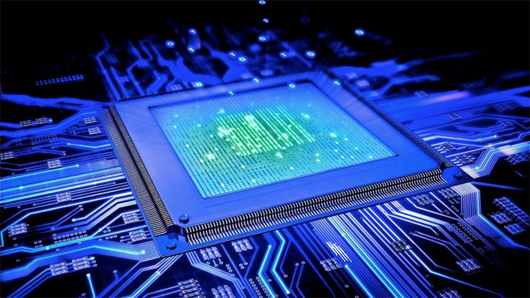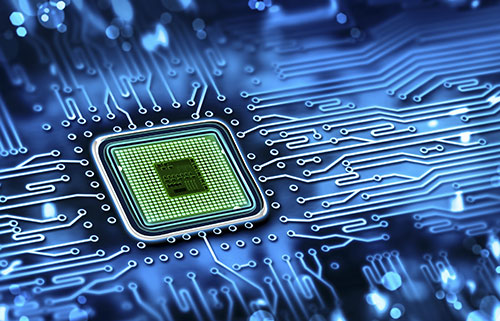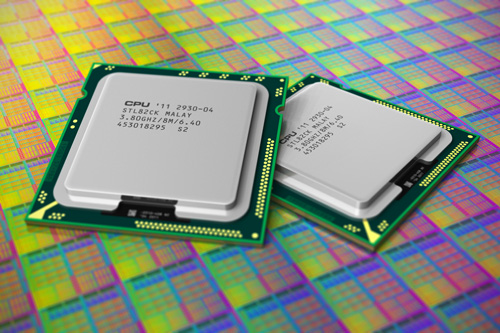
There’s plenty of room at the Top: What will drive computer performance after Moore’s law?
Leiserson, Charles E., Neil C. Thompson, Joel S. Emer, Bradley C. Kuszmaul, Butler W. Lampson, Daniel Sanchez, and Tao B. Schardl. 2020. There’s Plenty of Room at the Top: What will drive computer performance after Moore’s Law. Science. Vol 368, Issue 6495.
![]() TechnologyReview, Spectrum, TechnologyReview, StatetechMagazine
TechnologyReview, Spectrum, TechnologyReview, StatetechMagazine
The miniaturization of semiconductor transistors has driven the growth in computer performance for more than 50 years. As miniaturization approaches its limits, bringing an end to Moore’s law, performance gains will need to come from software, algorithms, and hardware. We refer to these technologies as the “Top” of the computing stack to distinguish them from the traditional technologies at the “Bottom”: semiconductor physics and silicon-fabrication technology. In the post-Moore era, the Top will provide substantial performance gains, but these gains will be opportunistic, uneven, and sporadic, and they will suffer from the law of diminishing returns. Big system components offer a promising context for tackling the challenges of working at the Top.

The Decline of Computers as a General Purpose Technology
Thompson, Neil C., and Svenja Spanuth. 2021. The Decline of Computers as a General Purpose Technology. Communications of the ACM, March 2021, Vol 64 No. 3, pp 64-72.
![]() NextPlatform, InvestorPlace, NZZ, Communications of the ACM, CACM video summary
NextPlatform, InvestorPlace, NZZ, Communications of the ACM, CACM video summary
The general-purposeness of today’s computers comes from technical achievements, but also from a mutually-reinforcing economic cycle, where product improvement and market growth fuel each other.
This article argues that technological and economic forces are now pushing computing away from being general purpose and towards specialization. This fragmentation process, driven by the breakdowns in Moore’s Law and Dennard Scaling, has already begun and threatens to divide computing into ‘fast lane’ applications that get powerful specialized processors and ‘slow lane’ applications that get stuck using general purpose processors whose progress fades.

The Economic Impact of Moore’s Law
Thompson, Neil C. 2017. The Economic Impact of Moore’s Law: Evidence from When it Faltered. Online at SSRN: https://papers.ssrn.com/sol3/papers.cfm?abstract_id=2899115.
“Computing performance doubles every couple of years” is the popular re-phrasing of Moore’s Law, which describes the 500,000 – fold increase in the number of transistors on modern computer chips. But what impact has this 50 – year expansion of the technological frontier of computing had on the productivity of firms?
This paper focuses on the surprise change in chip design in the mid-2000s, when Moore’s Law faltered. No longer could it provide ever-faster processors, but instead it provided multicore ones with stagnant speeds.

The Importance of (Exponentially More) Computing Power
Denizens of Silicon Valley have called Moore’s Law “the most important graph in human history,” and economists describe the Moore’s Law-powered I.T. revolution as one of the most important sources of national productivity. But data substantiating these claims tend to either be abstracted – for example by examining spending on I.T., rather than I.T. itself – or anecdotal. In this paper, we assemble direct evidence of the impact that computing power has had on five domains: two computing bellwethers (Chess and Go), and three economically important applications (weather prediction, protein folding, and oil exploration). In line with economic theory, we find that exponential increases in computing power are needed to get linear improvements in outcomes, which helps clarify why Moore’s Law has been so important.